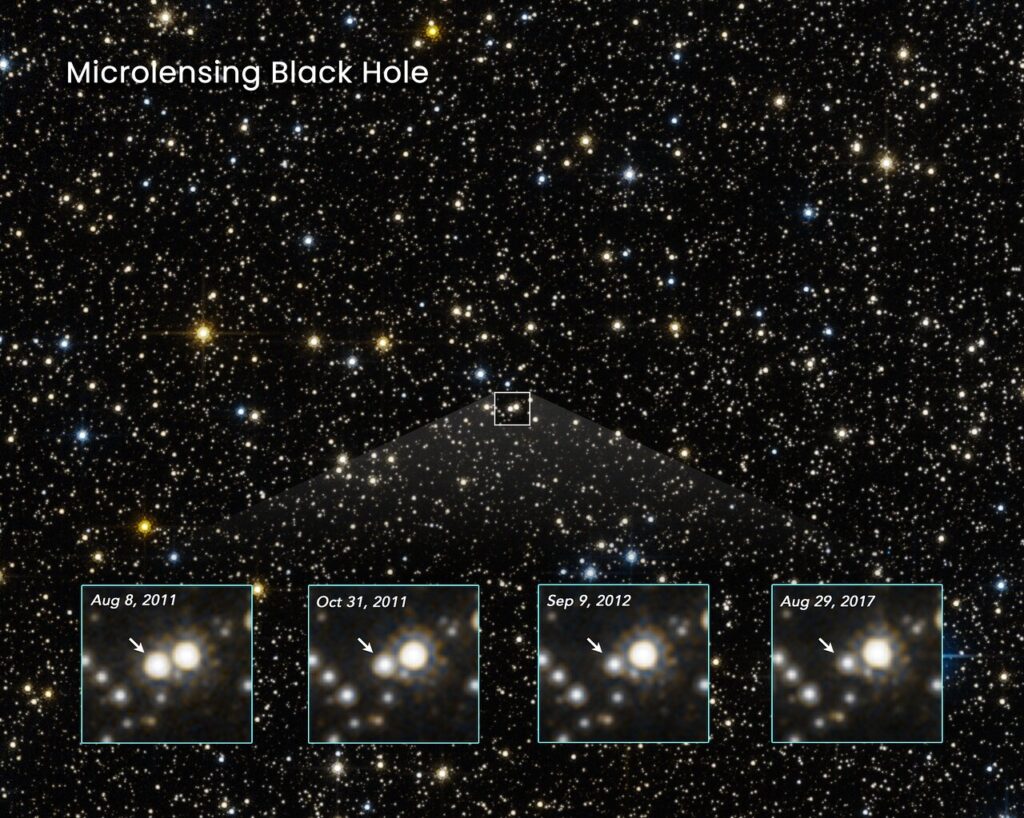The universe never ceases to surprise us, and the latest revelation from astronomers is no exception. Imagine a star speeding through the galaxy at a mind-blowing 540 kilometers per second (1.2 million mph), yet still holding onto its exoplanet for dear life. This hypervelocity star-exoplanet system is unlike anything we’ve ever seen, rewriting our understanding of planetary survival, stellar dynamics, and galactic interactions.
Runaway Stars of the Universe
Hypervelocity stars (HVS) are rare, high-speed stars that are moving so fast that they can escape their home galaxies. These stars are often ejected due to interactions with supermassive black holes or other gravitational forces, and some may eventually be flung into intergalactic space.

The concept of hypervelocity stars dates back to 2005, when astronomers first discovered a star moving fast enough to break free from the Milky Way’s gravitational grip. According to the European Space Agency (ESA), there could be thousands of these stars zooming through space at speeds ten times faster than the Sun’s orbital velocity.
How Do They Get So Fast?
There are a few theories on how hypervelocity stars gain their immense speeds:
- Supermassive Black Hole Ejection: If a binary star system (two stars orbiting each other) drifts too close to a black hole, one star may get pulled in while the other gets slingshotted outward at incredible speeds.
- Galactic Collisions: When galaxies merge or collide, some stars can be violently flung from their original locations.
- Supernova Kicks: A star in a binary system may be ejected at high speeds if its companion explodes as a supernova.
This particular hypervelocity star is still within the Milky Way, but if its speed increases to 600 km/s, it could eventually leave our galaxy and travel through intergalactic space.
The Discovery of the First Exoplanet Orbiting a Hypervelocity Star
The Microlensing Clue (2011)
This extraordinary system was first detected in 2011 using gravitational microlensing, a technique that detects distant objects by observing how their gravitational pull bends the light of background stars. The event revealed two objects—a low-mass star and a possible exoplanet—but astronomers didn’t realize how fast the system was moving at the time.
Confirming the Speed (2021-2024)
Fast forward to 2021, when astronomers revisited the data using NASA’s Keck Observatory and the Gaia satellite. By comparing the star’s position over ten years, they realized that it was moving at an astonishing 540 km/s.
Further calculations showed that the exoplanet is a super-Neptune, meaning it is larger than Neptune but not as massive as Jupiter. It likely orbits at a distance between the equivalent of Venus and Earth in our solar system.
According to Sean Terry, lead astronomer at the University of Maryland, this marks the first planet ever found orbiting a hypervelocity star.
Why This Discovery Is So Mind-Blowing
1. How Is the Planet Still Orbiting?
One of the biggest mysteries surrounding this system is how the planet has remained in orbit despite its star’s extreme velocity. Typically, hypervelocity events would rip planets away from their host stars, flinging them into the void of space. The fact that this planet is still attached suggests that it may have been formed after the star was already traveling at high speeds, or that some unknown gravitational mechanisms are at play.
2. What Does This Tell Us About Planetary Survival?
The existence of this exoplanet raises major questions about planetary formation and stability:
- Can planets form in chaotic, high-speed environments, or did this planet somehow survive an extreme ejection event?
- Are there more hypervelocity exoplanets waiting to be discovered?
- Can planets survive outside galaxies, moving freely in intergalactic space?
These questions will fuel future research, as astronomers scramble to understand how planets behave in extreme astrophysical conditions.
The Future of Hypervelocity Exoplanet Research
What’s Next?
Scientists are eager to conduct follow-up observations to confirm the planet’s exact mass, orbital path, and atmospheric composition. Telescopes like the James Webb Space Telescope (JWST) and the Extremely Large Telescope (ELT) could provide deeper insights into the chemistry and structure of this exoplanet.
What If It Escapes the Milky Way?
If the system accelerates beyond 600 km/s, it will eventually leave the Milky Way, becoming a rogue star-planet system in intergalactic space. This would provide the first real-world case of an exoplanet existing outside a galaxy, making it an invaluable target for astrophysical study.
Conclusion: A Cosmic Game-Changer
This hypervelocity star-exoplanet system is more than just a record-breaking find—it’s a game-changer for astrophysics. It forces us to rethink planetary formation, challenges our understanding of gravitational dynamics, and opens the door to the possibility of planets existing beyond galaxies.
Reference:
NASA Scientists Spot Candidate for Speediest Exoplanet System



















